The New Normal - what's next?
We all share in the hope that the ‘New Normal’ will incorporate some of the unexpected opportunities that lockdown has illuminated – fewer flights perhaps, less food waste and more time with the family. As researchers, we see every indication of an impatience to snap back to normal, from parents clamouring to re-open school to football fans desperate to support their team.
As a team of computational researchers, this period has been uniquely fascinating. Like many, we have been running to keep up with rapidly changing needs and behaviours from consumers, and their corporate reflection. These constantly evolving priorities have produced both risk and opportunity for many clients.
We experienced many examples of this complexity as the lockdown started including a study we carried out for a utilities company. Their customers needed to hear from them about stable water supply and – the hottest topic of the fortnight – how to conserve toilet paper! Such fundamental priorities were quickly replaced by an altogether more optimistic and forward-facing dialogue about permanently reducing waste and environmental efforts to prevent climate change.
Another prominent example has been work we’ve carried out in travel and aviation. In March, every traveller in the world wanted to know when they could get their money back, or simply how to get home. As that immediate prospect retreated and the online conversation focused on refunds, airlines and travel companies have switched to thinking about long-term travel plans – but they were out of step with consumers.
Our analysis (see diagram below) indicated a clear shift that millions of consumers were starting to think about the possibility – or realistically, the certainty – that they will have to re-book trips in July and August. Few travel brands latched on to this need, but those consumer support sites that did offer advice, content and tips on how to reduce the cost of re-booking, suddenly became very popular.
Re-booking: What people need right now
Signify’s AI driven, multi-platform capabilities provide these indicators (often supported by huge numbers), reflecting the start of the curve - making our insights highly actionable. With COVID-19’s global reach, and Signify’s multi-lingual reach, we have been able to develop insights from regions that are one or two phases ahead in terms of recovery, allowing for markets lower down the process, to learn from consumers who have already experienced a loosening of rules and return to more normal life.
This capability has proven to be invaluable for many of our clients as they seek to build resilience into their businesses through a stronger understanding of what their audiences are thinking about. This ability to see around corners not only provides a competitive edge over other businesses, but also allows for our clients to really anticipate their audience(s) concerns and build messaging that speaks to a more genuine need.
One thing is certain. We are living in febrile times. As brands, media owners and governments move into recovery from the crisis, the importance of market research – in simpler terms, of understanding what matters to your audience day-by-day and hour-by-hour – has never been greater. The best way to help people, and each other, is to listen first, and take on board what people need from you.
To talk to us about next-generation audience and social insights, get in touch.
